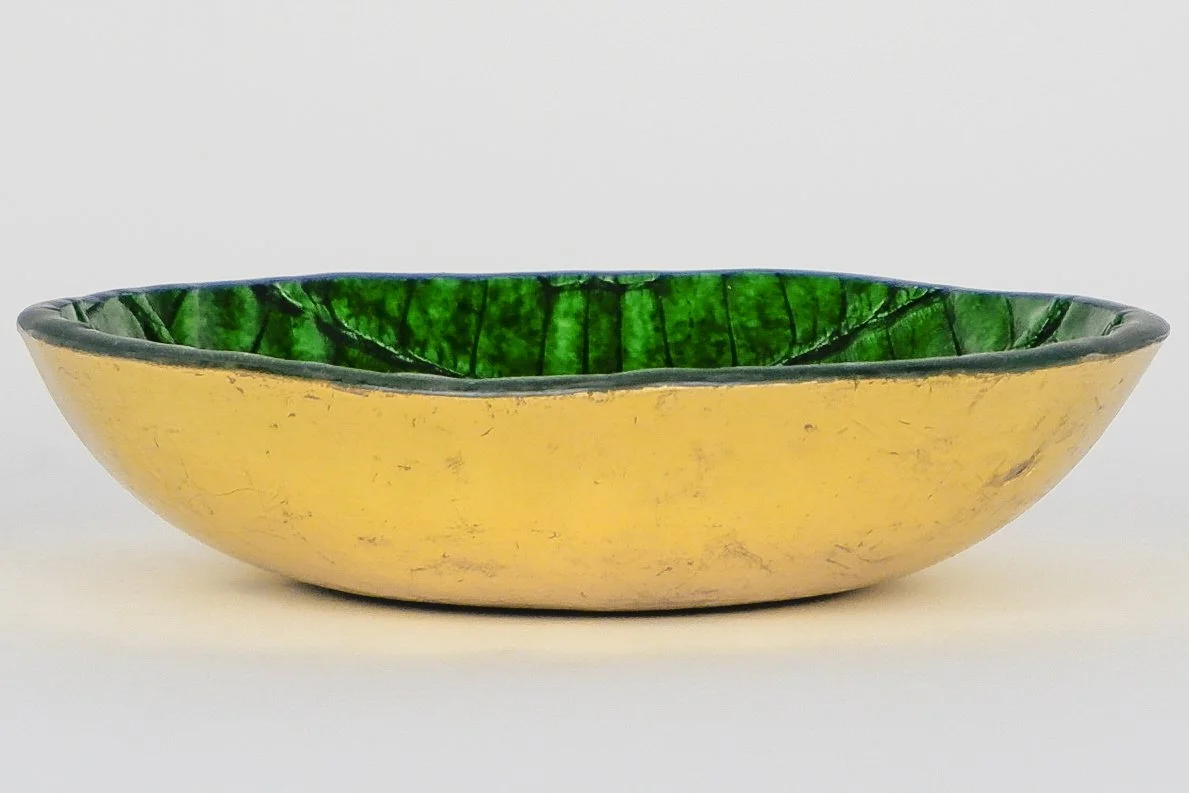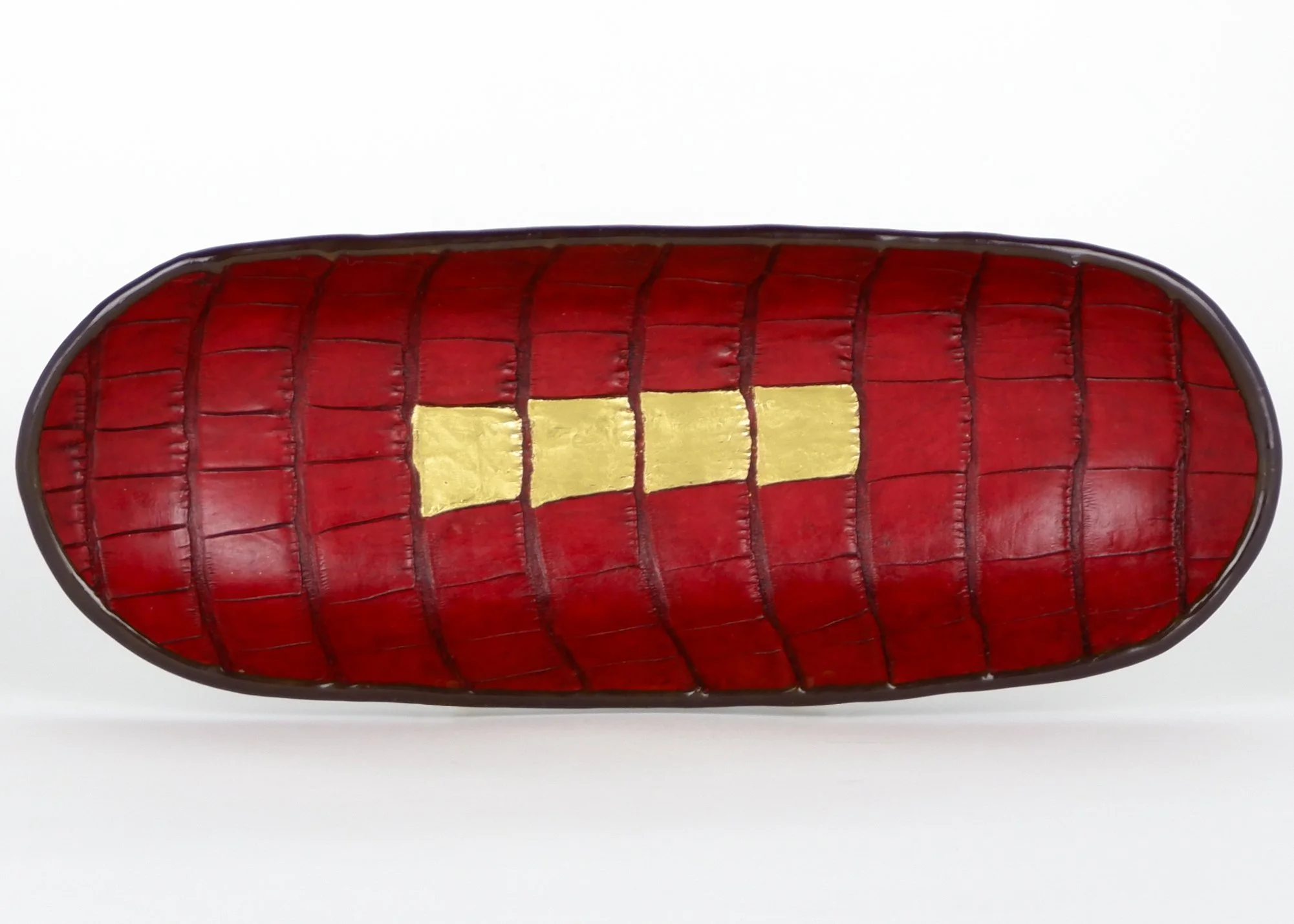American Alligator
My early work with American alligator leather laid the foundation for my current practice with invasive species. Though not invasive, the alligator is a keystone species whose survival safeguards wetlands — ecosystems that store more carbon per square mile than rainforests and shelter thousands of native plant and animal species.
For centuries, alligators were misunderstood and overhunted, their swamp habitats drained or destroyed for development. By 1967 they had nearly vanished, and the species was placed on the Endangered Species List. Through federal protection and careful management, their numbers rebounded so successfully that they were delisted by 1987. Today, millions thrive across the Southeast, serving as vital ecosystem engineers.
A unique conservation program, regulated through CITES and state wildlife agencies, links the use of alligator leather to habitat preservation. Farmers harvest eggs, return a percentage of young alligators to the wild, and channel funds from meat and hide sales back into wetland protection. This alignment of commerce and ecology has become one of the world’s most successful wildlife recovery stories.
In my practice, alligator leather represents both beauty and resilience. These early works taught me how using leather could contribute to conservation — a principle that continues to guide my art today.
These scientifically-supported facts are backed by the United Nations, CITES, and wildlife biologists around the world.















